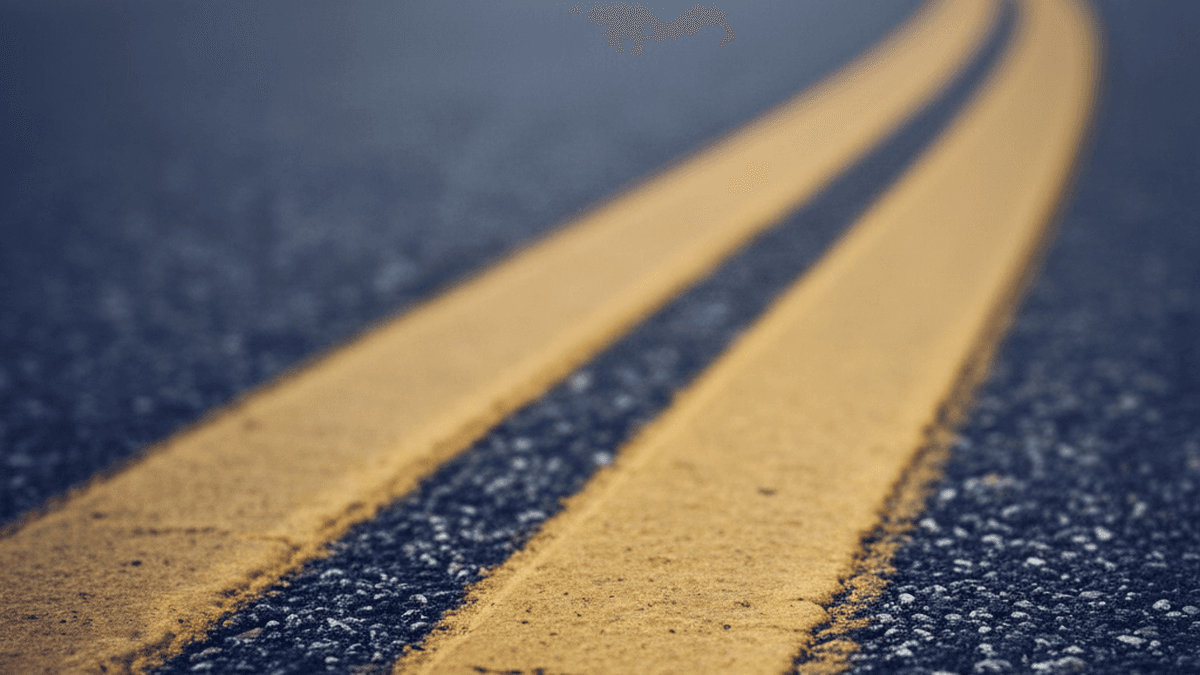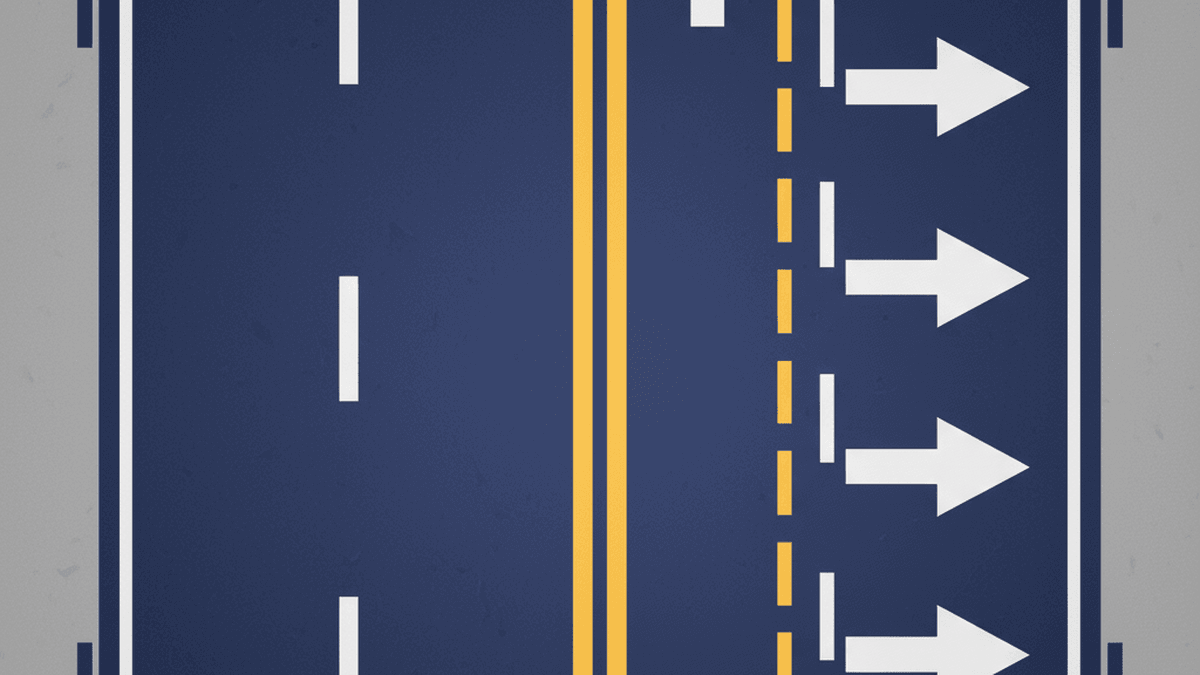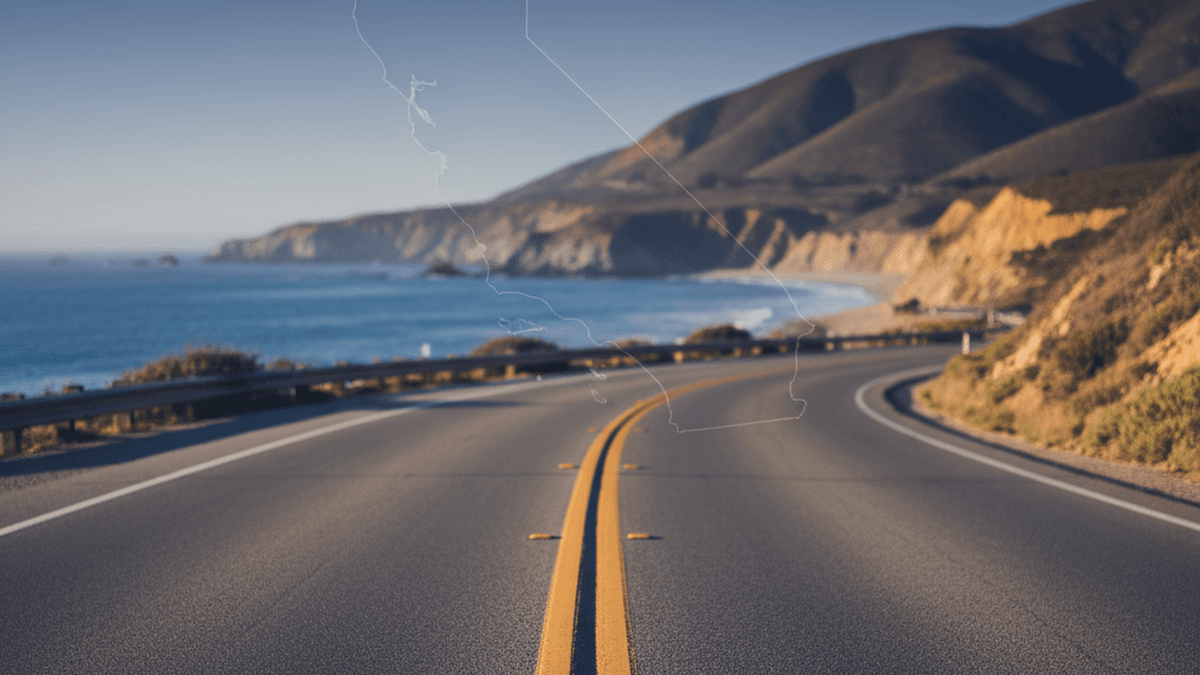
Quick answer: when crossing double yellow is lawful
In most U.S. states, you may not cross double solid yellow to pass. Limited exceptions exist: (1) a left turn into a driveway or side road, (2) a U-turn where U-turns are legal and visibility rules are met, and (3) briefly avoiding an obstruction when it can be done safely and no signs prohibit it.
Turn left across double yellow into a driveway or private road
This is the most common exception. Yield to oncoming traffic and pedestrians and complete the crossover in a single, clean movement. Some jurisdictions restrict turns across two sets of double yellow (a painted median barrier)—see below.
Step-by-step: signal, gap judgment, one clean crossover
- Signal early and reduce speed smoothly.
- Check for prohibitive signs or double-double barriers.
- Yield to oncoming traffic and pedestrians.
- Cross both lines once—no lingering in the opposing lane.
- Finish inside the driveway quickly; do not block the lane.
Common mistake: lingering in the opposing lane
Hovering astride the centerline or waiting in the opposing lane creates conflict and may be cited as improper turn/failure to yield.
Test tip: driveway left-turn across double yellow
On exams, look for oncoming gaps of at least 6–8 seconds and commit once—hesitation mid-crossover is scored as unsafe.
Is a U-turn across double yellow legal in your state?
U-turn legality is state-specific. Many states allow it where U-turns are not signed against and sight distance is sufficient. Business districts, curves, and hills are common restrictions.
Visibility, distance, posted signs, and location limits
- Observe "No U-Turn" or "No Left Turn" signs.
- Ensure adequate sight distance; do not turn near hills or curves.
- Avoid business districts and multi-lane high-speed roads unless explicitly permitted.

When it is illegal: double yellow passing law vs exceptions
Crossing to pass a slow vehicle across double solid yellow
Passing across double solid yellow is universally prohibited. Use legal passing zones or wait for a permitted turn pocket.
Two sets of double yellow lines as a painted median barrier
Close, parallel double-double yellow lines form a median you must not cross, drive on, or use as a left-turn lane.
State differences with fast links to details
- California: double-double barrier rules; limited turns where openings exist.
- Texas: centerline compliance and no-passing zone definitions.
- Florida: narrow obstruction-avoidance exception with caution.
- New York: DMV guidance for urban settings and signed restrictions.

Quick FAQ
Can I turn left across a double solid yellow into a driveway?
Usually yes, when safe and not signed against. Yield first and complete one clean crossover.
Is a U-turn across a double yellow legal?
Only where U-turns are legal and sight distance/location rules are satisfied.
Can I cross to avoid an obstruction?
Sometimes allowed when no oncoming traffic is present. Check your state statute.
This article summarizes common rules. Always consult your state statute and posted signs.